[ad_1]
My dear Aunt Mary just launched her FIRST cookbook! She is a gluten-free baker extraordinaire and is on the blog today talking about her cookbook Gluten-free Sourdough Baking where she shares an amazing Bacon & Onion Wheel recipe straight from the book. Also scroll to bottom for an epic $900 giveaway bundle!
Hi there! This is Mary from A Couple of Celiacs. Tori has invited me here to share the recipe for this delicious “Bacon and Onion Wheel” from my recently published cookbook” Gluten-free Sourdough Baking.”
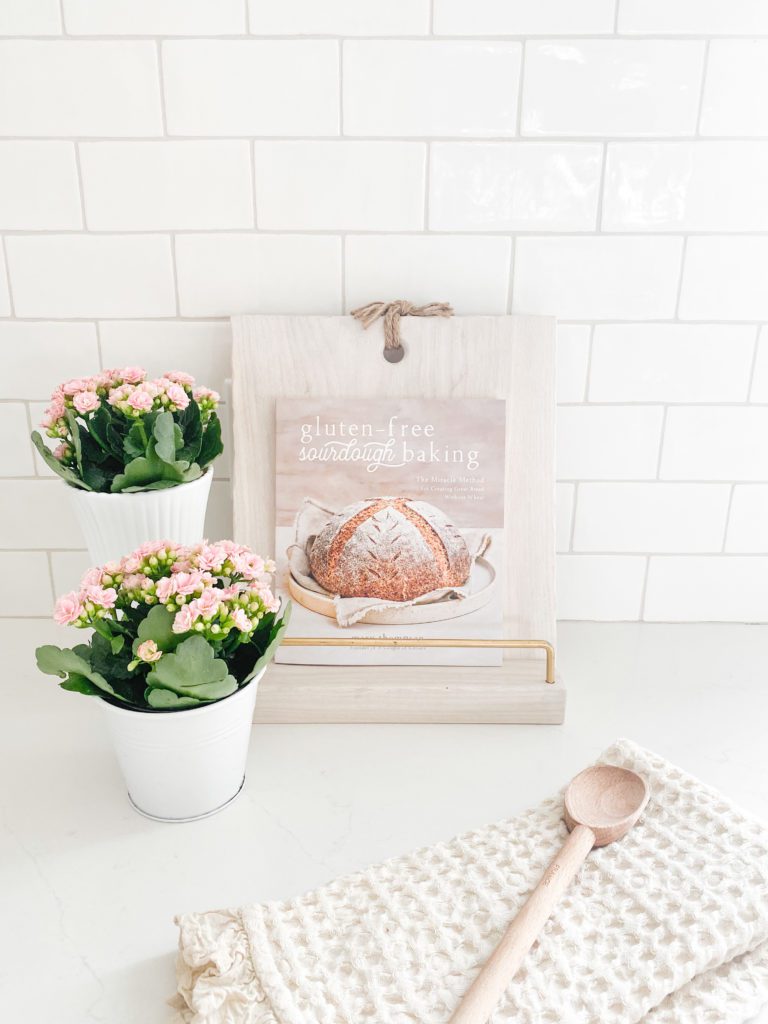
When I was first diagnosed with celiac disease over 10 years ago, my doctor organized an appointment with a celiac dietitian. There was a lot to learn for myself, and all my family. I am truly grateful for everyone’s support, and the effort that they always put into making gluten-free meals. It was not easy in the beginning … for any of us! These days I am not the only celiac in the family, because my two daughters, a niece and a nephew in New Zealand have also been diagnosed with celiac disease.
Up until 2 years ago, I had never dreamed of writing a cookbook, but then “Page Street Publishing” contacted me. They had found a few gluten-free sourdough breads on my Instagram account. A contract was signed and from then on, in all my spare time, I baked with sourdough for the better part of a year.
With sourdough, I am still learning something new every time I bake. It is a never-ending science experiment; I love it and am truly addicted!! Good gluten-free bread is what every celiac or gluten-free person seems to want (beats the store-bought by a landslide), and I am happy to be able to share what I have learned in this book.

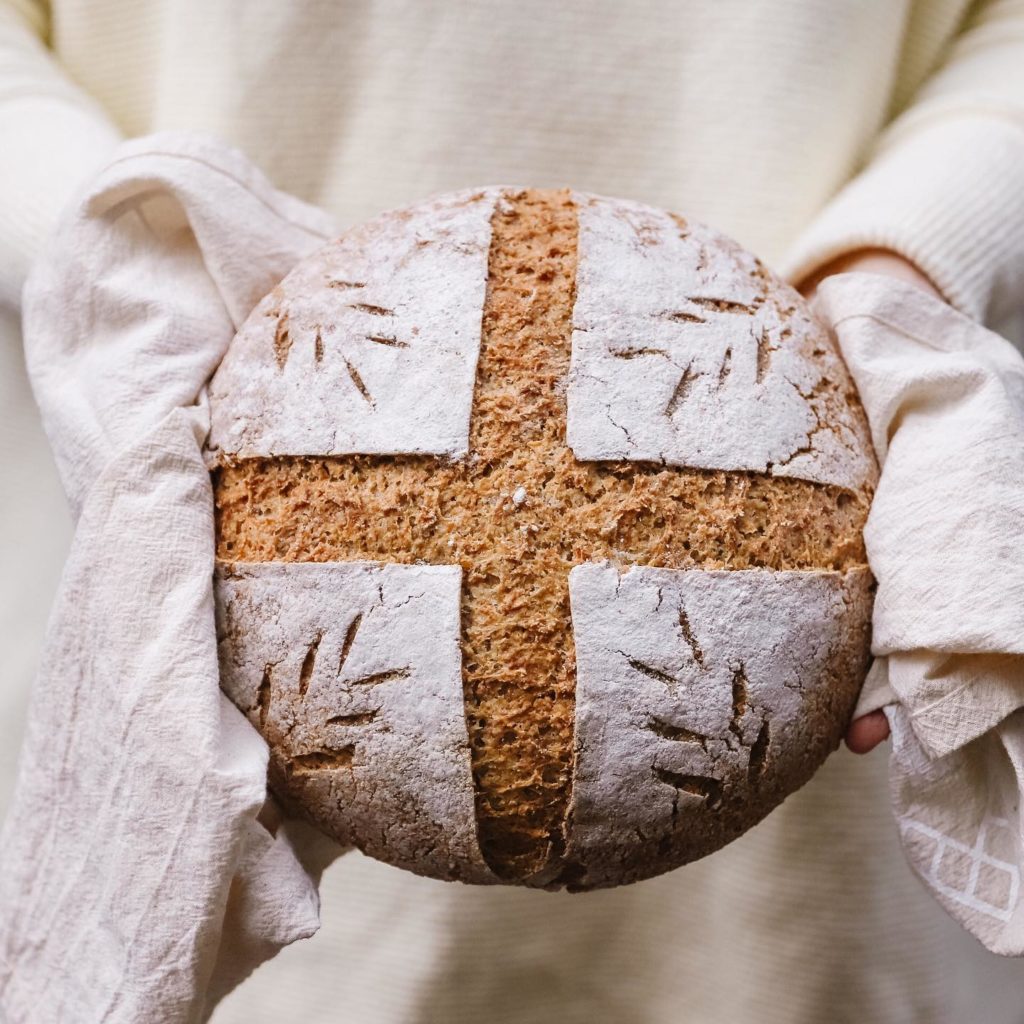
Photo cred: @acoupleofceliacs & @stephanie.lucile.photography
What is Gluten
In case you did not know! Gluten is the protein found in wheat rye and barley. Without gluten, it is a matter of trying to re-create something like gluten (which provides that elasticity to dough), that is safe for people with celiac disease or other health issues.
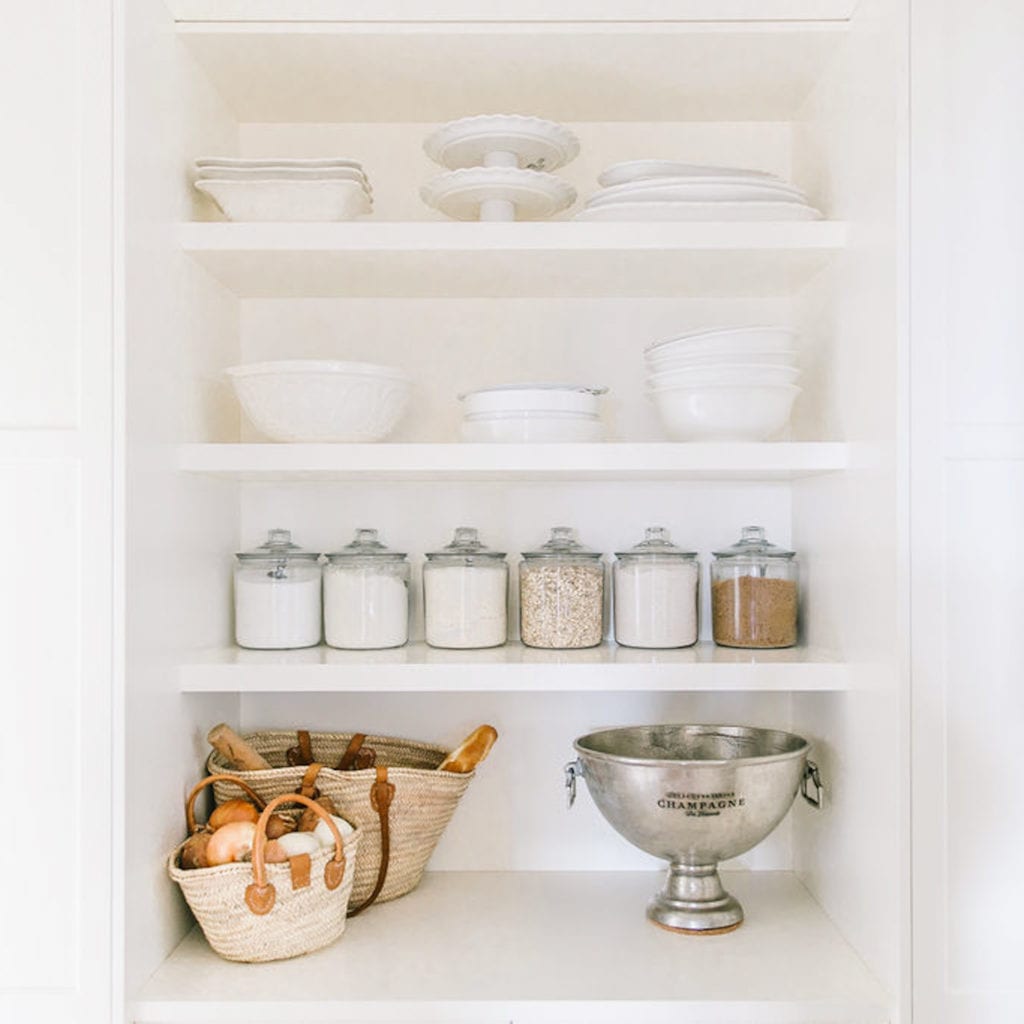
Gluten-Fee Bread vs Regular Bread
Gluten-free breads are denser than wheat breads and this denseness will vary a lot, depending upon the gluten-free flour and the percentage of starches that are used. I prefer less starches and more whole grains for a healthier flour blend. My most used flours are, sorghum, oat, millet, white rice, brown rice, buckwheat flour, and tapioca starch. With gluten-free flour blends you need at least two or three flours, a starch, and a binder. The binder I often use is psyllium husk. It not only adds fibre, which is often lacking in gluten-free baking, but it is also the magic ingredient for gluten free bread to work. Psyllium husk is a necessity in my bread recipes and there is no substitute! I use the whole psyllium husk and not the psyllium powder.
Baking, especially with sourdough, has become a creative outlet for me, and I love experimenting with new recipes, scoring designs, and of course eating these baked goodies. I hope you like this recipe. It is the best appetizer!
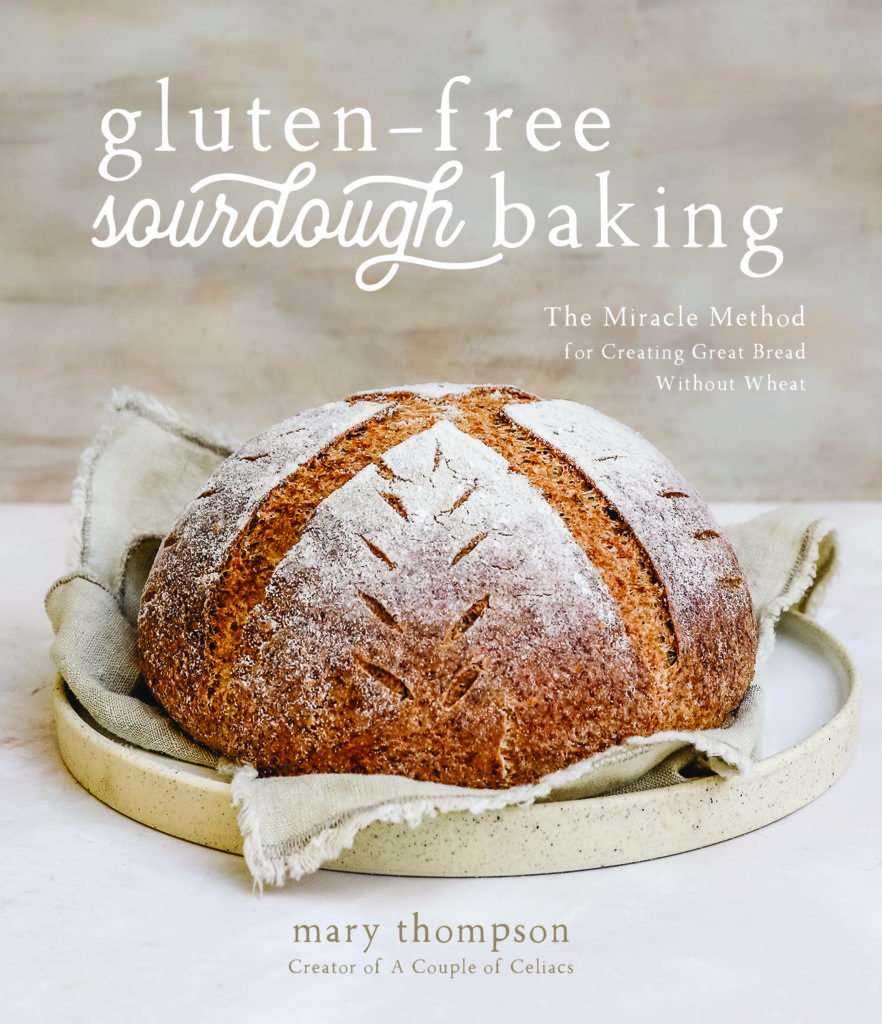
How To Make This Bacon and Onion Wheel
The process for making and shaping this Bacon and Onion Wheel is easier than you may think, and it makes such a stunning and delicious table piece! The dough is soft and light, and relatively easy to shape for a gluten-free dough.
- Make a levain (a preferment that helps bring flavour and other elements to the bread) with some active gluten-free starter (the starter recipe is in the cookbook)
- Mix the dough the day before and leave it to rise in the fridge overnight or mix the dough the same day and bake it in the evening.
- Divide the dough into two even sized balls, roll them into large disks on parchment paper and sandwich the filling between the two disks.
- Cut the dough into 16 pieces, twist and shape the dough, let it rise, brush on a glaze near the end of baking and enjoy!
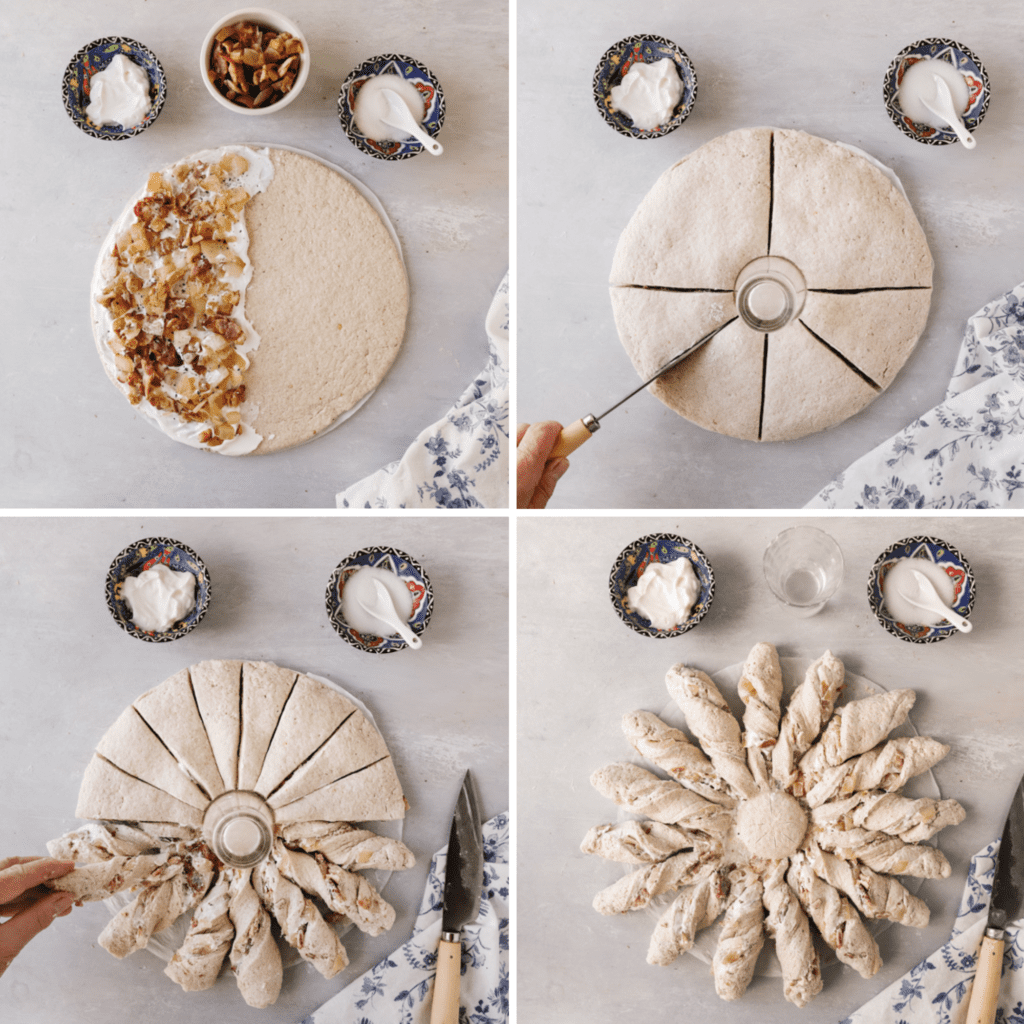

Giveaway
We’ve teamed up with Komo Mills to offer a bakers dream giveaway package valued at over $900! Make your own fresh flour like an absolute pro.
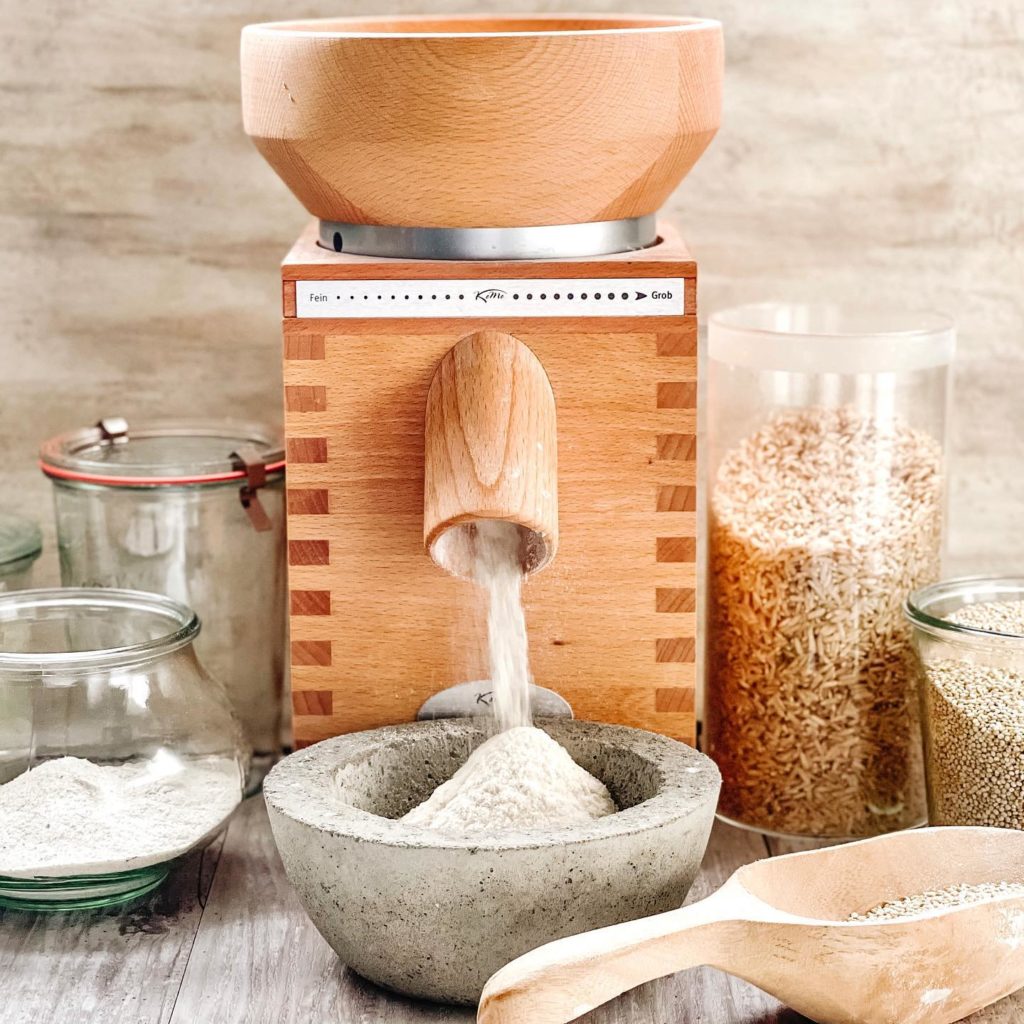
Gluten-Free Bacon and Onion Wheel
Robust flavours combine with the visual appeal of this savoury pull-apart bread. This is an ideal snack or appetizer to enjoy with your family and friends. The preparation of this gluten-free dough may sound intimidating, but it is quite easy to shape. The satisfaction that comes with gazing at your masterpiece—and then eating it—is well worth giving this recipe a try.
To make this recipe quicker to prepare, it is convenient to cook the bacon and onion the night before you bake it. Leave the cooked bacon and onion in the fridge for the night to give the mixture ample time to cool.
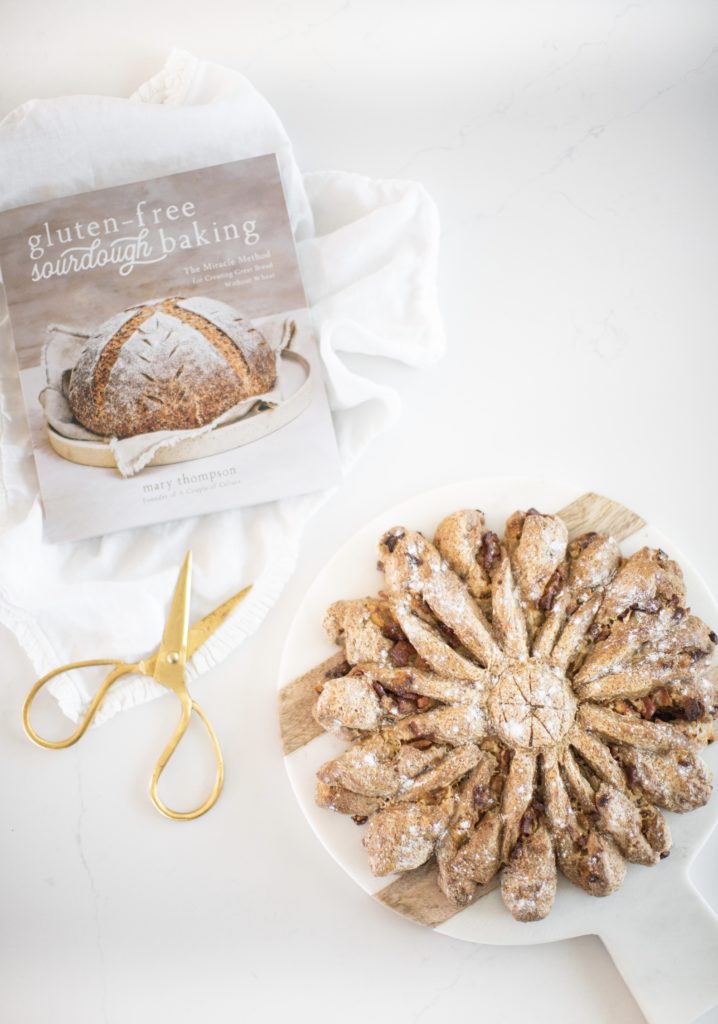
Gluten-Free Bacon & Onion Wheel
This Gluten-Free Bacon & Onion Wheel is an ideal snack or appetizer to enjoy with your family and friends. The preparation of this gluten-free dough may sound intimidating, but it is quite easy to shape. The satisfaction that comes with gazing at your masterpiece—and then eating it—is well worth giving this recipe a try.
Ingredients
Levain
- 40 g active starter
- 80 g warm water
- 40 g buckwheat flour
- 40 g brown rice flour
Wheel
- 40 g millet flour
- 70 g tapioca starch
- 75 g sorghum flour
- 40 g oat flour
- 20 g quinoa flour
- 15 g teff flour
- 5 g salt
- 220 g warm water
- 100 g warm milk
- 15 g pure maple syrup
- 24 g whole psyllium husk
- 4 g flaxseed finely ground
- White rice flour as needed
Filling
- 130 g diced bacon 3 strips
- 200 g diced onion 1 large onion
- ½ tsp salt
- ⅛ tsp black pepper
- 80 g sour cream
Glaze
- 10 g gluten-free soy sauce at room temperature
- 10 g pure maple syrup at room temperature
- 10 g water at room temperature
Instructions
-
Reactivate your starter the day before you plan on building the levain. A good time to do this is when you get up in the morning, to allow the starter 6 to 8 hours to become bubbly and active. You will need 40 grams for the levain and at least 20 grams left over for maintaining your original starter/main culture.
-
Build the levain:
Using a kitchen scale, weigh 40 grams of active starter in a clean 500-milliliter jar. Vigorously mix in 80 grams of warm water, then add 40 grams of buckwheat flour and 40 grams of brown rice flour. Ferment the levain for 6 to 8 hours, or until it is bubbly and has risen to a peak, before mixing it into the dough.
-
Mix the dough:
In a large bowl, combine the millet flour, tapioca starch, sorghum flour, oat flour, quinoa flour, teff flour and salt. In a medium bowl, combine the warm water, warm milk, maple syrup and levain. Sprinkle the psyllium husk and flaxseed on top of the levain mixture. Immediately whisk the ingredients to prevent lumps from forming. Pour the levain-psyllium mixture into the flour blend. Mix the dough well by hand, or with a kitchen mixer fitted with a dough hook running at medium-low speed, until all the ingredients are fully incorporated.
-
Ferment:
Form the dough into a ball, then place it in a 4-cup (1-L) proofing bowl. Cover the bowl with its lid and place it in the oven with the light on. Let the dough rest for 30 to 60 minutes, or until the dough begins to rise a little. Place the covered bowl in the fridge overnight for the bulk fermentation.
-
Shape:
The next day, remove the dough from the fridge and leave it at room temperature for about 30 minutes, until it is warm enough to work with. Meanwhile, cut two 10½-inch (26-cm)-diameter circles of parchment paper. Set the parchment paper aside. In a medium skillet over medium-low heat, combine the bacon and onion. Cook the mixture for 6 to 8 minutes, until the bacon is crispy and the onion is translucent. Drain and discard the excess fat from the bacon and onion mixture, and then leave the bacon and onion to cool while you shape the dough.
-
Lightly dampen a work surface with water. Transfer the dough to the prepared work surface. Knead the dough with wet hands to form it into a ball. Lightly dust the dough’s surface with the white rice flour, and then knead the dough for 1 to 2 minutes, until it is smooth and holding together well. Cut the dough in half. Weigh each half to ensure each one is 398 grams. Shape each piece of dough into a ball. Place a dough ball on each of the parchment paper circles. Flatten each ball with your hand, and then roll it out into two 10-inch (25-cm) round disks.
-
Mix the salt and pepper into the sour cream, spread the sour cream on top of one dough disk, then evenly spread the bacon and onion mixture on top of the sour cream. Carefully flip the second dough disk directly on top of the filling and peel off the parchment paper. Gently smooth the top layer of dough with your hands. Seal the outer edges together by pinching them with your fingers. Place a small glass—such as a shot glass—in the center of the dough circle to make a ring indentation, being careful not to cut all the way through the dough. Cut the dough into even quarters, being careful not to cut into the center ring. Cut each quarter segment in half to make eight segments, again being careful not to cut all the way to the center. Then, cut each of the eight segments in half to make sixteen segments, again being careful not to cut all the way to the center. Gently twist each segment three times to form 16 twisted bread sticks that are still attached to the center. Remove the shot glass and score several lines to form a star shape in the center circle. Transfer the dough, still on the parchment paper, to a large pizza stone.
-
Proof:
Cover the dough with a damp tea towel and let it rest at room temperature—ideally about 72°F (22°C)—for 2 to 3 hours. The proofing time depends on the temperature of your kitchen. If the temperature is a little colder, place the dough in the oven with the light on. In the summer warmth, it can be left on the counter, and it may benefit from less proofing time. When the dough has proofed enough, it will have risen and will feel soft, puffy and spongy on top.
-
Bake: Preheat the oven to 450°F (232°C). In the meantime, prepare the glaze. In a small bowl, whisk together the soy sauce, maple syrup and water. Set the glaze aside. Bake the wheel on the pizza stone for 15 minutes. Reduce the oven’s temperature to 375°F (191°C) and bake the wheel for 20 minutes. Remove the wheel from the oven and brush the glaze on top. Bake the glazed wheel for 10 minutes, until it is golden brown and a toothpick inserted into the center comes out clean. If you like the wheel a little crispier, you can bake it for an extra 10 minutes at 350°F (177°C).
-
Serve the wheel warm from the oven. Cover any leftovers with beeswax wraps and place them in the fridge. You can also reheat the wheel the following day in a 350°F (177°C) oven for 10 minutes.
Reprinted with permission from Gluten-Free Sourdough Baking by Mary Thompson, Page Street Publishing, Co. 2022. Photo credit: Mary Thompson

[ad_2]
Source link

More Stories
Dentists in Stamford CT Are Growing Concerned About the Lack of Adequate Dental Health Care Coverage
Top 5 Tips For Dental Care
Dental Care – Types of Dentists